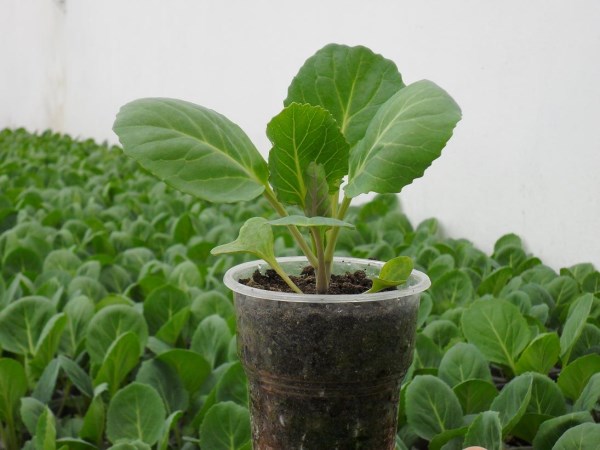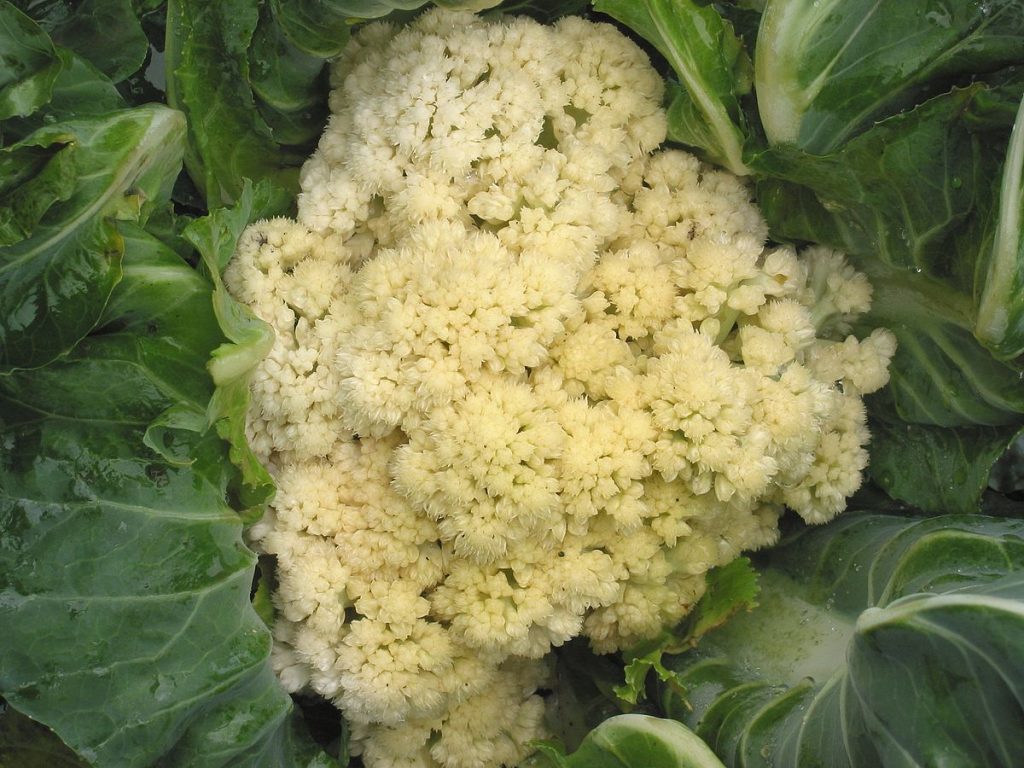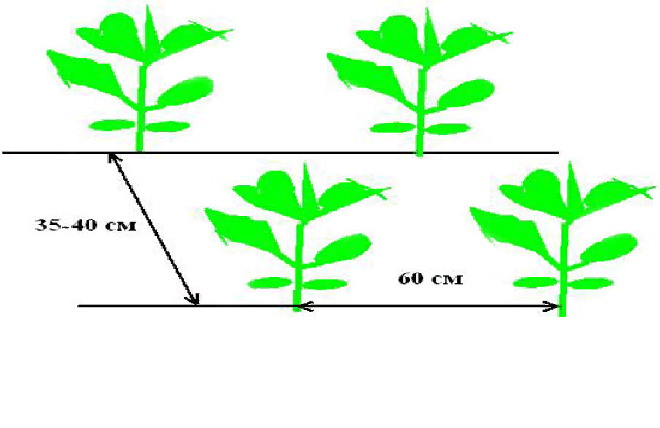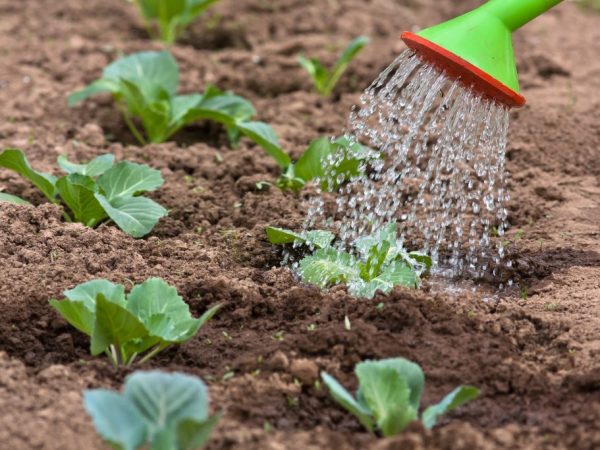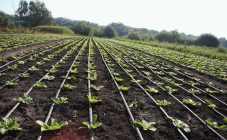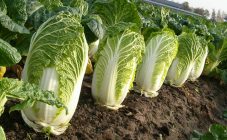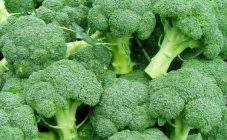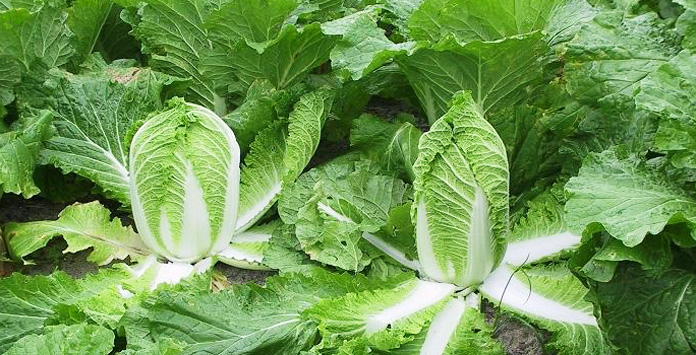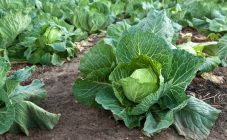Content:
Cabbage is one of those vegetables, without which the kitchen of any housewife is unthinkable. It appeared in Russia a very long time ago; according to the surviving data, it was fermented back in the 9th century. Today, many varieties of cabbage have been bred, but white cabbage, of course, is more popular.
All types of cabbage, differing in taste and amount of nutrients, are approximately the same. In terms of protein content, the vegetable is very slightly inferior to cereals. Also in cabbage there is a lot of glucose, fructose, pectin substances and fiber, which is not absorbed by the human body, but like a broom cleans out everything unnecessary from the intestines. Pectin substances do not allow toxins to be absorbed into the bloodstream and help with peptic ulcer disease and all kinds of inflammation. It also contains a large amount of micro and macro elements:
- potassium;
- magnesium;
- phosphorus;
- calcium;
- gland.
Besides, cabbage boasts a complex of vitamins. There is no less vitamin C in it than in lemon, but due to the fact that there are almost no organic acids (citric, malic) in it, the sourness is not felt. Vitamin B is involved in the body's metabolism.
Varieties
There are many varieties of cabbage, and they are all good in their own way:
- White-headed... It is a biennial cruciferous plant. A head of cabbage is an overgrown bud of a plant. If not cut, then after a while he will throw out a panicle with yellow flowers, from which the seeds will ripen later. The inhabitants of Russia are very fond of white cabbage for its simplicity in cultivation and excellent taste. It is good in salads, soups, main courses, pies and kulebyaks. It can be fermented, canned and pickled.
- Redhead- a kind of white cabbage. In terms of nutritional properties, it even slightly exceeds it. This is the same head of cabbage, only red and purple. Excellent salads and side dishes are made from it.
- Colored cabbage is just perfect for baby food and diabetics. The vegetable contains many nutrients and a fine cellular structure. It is consumed raw, boiled, as well as fried in breadcrumbs or batter.
- Brussels cabbage is a small head of cabbage no more than 5 cm in size. Brussels sprouts have a lot of such minerals as potassium. For its sweetish taste, it is suitable for soups and side dishes.
- Kohlrabi differs from other types of cabbage in appearance. Her edible part is a thickened stem fruit. Color from light green to dark purple, white flesh. Kohlrabi is suitable for use in salads, stewing and cooking.
- Savoy... In this cabbage, the content of vitamins and other nutrients is twice as high as in white cabbage, but due to the fact that the vegetable is extremely poorly stored, it is little cultivated in Russia. Salads are made from Savoy, soups are cooked, roasts are cooked, and used as a filling for pies.
Of course, cabbage, like any other vegetable, can be bought, but if you have a personal plot and desire, you can easily grow it yourself.Cabbage is planted in two ways: seedlings and seeds.
In the first case, seedlings can be grown on their own or bought. Before planting seeds for seedlings, you need to consider that white cabbage is:
- early maturing;
- mid-season;
- late ripening.
Early cabbage does not differ in large heads of cabbage, the weight of a fork is around 1.5 kg. This type is not suitable for storage and fermentation.
In mid-season varieties, the weight of the head is more, therefore, such cabbage is suitable for fresh food and salting.
Well, cabbage of late varieties is very often a giant. Heads of cabbage are large, dense, sugary. They can be stored for a long time without any processing.
Depending on when the cabbage ripens, the seed is planted at different times.
Growing seedlings
For planting, you need to prepare the soil. Sod soil and peat mixture are mixed in a 1: 1 ratio, for each kilogram of mass add 1 tbsp. spoon of wood ash. It is a good antiseptic, so the likelihood of black leg disease is reduced several times. Or another recipe: turf soil 2 parts, peat 2 parts, humus 1 part.
After preparing the soil, it is poured into the wooden boxes of the greenhouse.
Landing dates
Novice vegetable growers often wonder when and at what distance to plant cabbage. Here is the answer:
- the early one should be sown for seedlings in the second - third decade of March;
- mid-season a little later - from early April to the end of the month, depending on the region;
- seeds of late varieties are planted in the second - third decade of April.
Of course, these terms are very conditional, but there is a hint for determining a safe landing time. A little bit of mathematics: it takes 10-12 days from getting the seeds into the soil to the first shoots, and from the first shoots to planting in the ground - 40-45 days. Therefore, about 2 months before planting seedlings in the ground, you need to sow seeds.
The distance between the bushes should be 2-3 cm. Before planting, the seeds can be soaked in warm water with a growth stimulant (for example, add 1 teaspoon of honey) for 30-40 minutes. Then they should be dried and treated with hamarin or alirin in order to prevent diseases. The optimum air temperature at which cabbage seeds germinate is about 20 ° C. Therefore, the boxes must be closed on top with foil or glass to create a greenhouse effect.
After the first shoots appear, the temperature can be lowered to 10 ° C by removing the film for a day. So the seedlings will be ventilated and basked in the spring sun. Between the rows, the soil must be carefully loosened and sprinkled with wood ash. After a couple of weeks, the seedlings should be treated with a glyocladine solution.
It is necessary to plant seedlings in a permanent place when they have 5 full sheets each. The height at this time, with proper cultivation, should be 15-20 cm. Larger seedlings take root worse, and small ones will start growing later.
Cauliflower
Cauliflower seedlings require a little more heat than white cabbage. If the temperature drops below 8 ° C, the sprouts may die, so you need to monitor the weather and, if necessary, cover the boxes with rags or fumigate with smoke from fires.
In addition, it takes more time to grow seedlings. Thus, cauliflower is planted in early March, and the seedlings are sent to a permanent place in early May. It will take root well after legumes, cucumbers, tomatoes, onions and potatoes.
How far to plant cauliflower from each other?
This variety of cabbage can be planted thickened. The leaves create shade, which means they retain moisture, and the weeds will not germinate. Moreover, the tightness of plantings will not spoil the presentation of the heads of cabbage. Planting scheme - 45-60 × 35-40 cm.
Kohlrabi
To grow seedlings, you need to prepare a nutritious soil mixture from:
- peat land;
- humus;
- turf.
Add ammonium nitrate (1 teaspoon per 1 bucket of soil), potassium sulfate, superphosphate and ash to it. Grooves are made in the soil, spilled with hot manganese solution, seeds are laid out and covered with glass.
For planting in the ground, seedlings should be 21 days. It should not be planted deep, the main thing is to keep the distance between the bushes.
Timing and scheme of landing in open ground
Of course, for each region, the timing of planting seedlings is different, and they are shifted every year. However, an approximate time can be outlined. Cabbage planting scheme:
- early varieties: late April - early May;
- medium varieties: late May - early June;
- late: mid-May.
Before planting cabbage seedlings, you need to prepare a place for it. For 1 m², before digging, add 10 kg of rotted manure, 2 tbsp. spoons of mineral fertilizer.
Before planting seedlings, it must be hardened. To do this, the cabbage is taken out into the street, shaded with gauze from the direct rays of the sun, or, if the seedlings were grown in a greenhouse, open it.
It is recommended to transplant on a cloudy day, and even better in the rain. But if the weather is good, then you need to plant in the evening, and then shade the seedlings (cover with paper, burdock leaves) until they are completely rooted. The distance between cabbage when planting should be 25 cm, and between rows about half a meter. For late varieties of cabbage, the planting pattern in the ground is different: the row spacing should be 50-60 cm, and the distance between plants should be 30-35 cm.
It is necessary to very carefully handle such fragile seedlings and deepen them no lower than the first leaves. Immediately water the cabbage, and do this every day, until the heads of cabbage begin to wrap.
Seedling growing errors
Density
A common mistake when growing seedlings is a dense planting. Plants in such conditions will have to live for more than 2 weeks. And during this period of time they will stretch out, become brittle and frail. In addition, in thickened plantings, wonderful conditions for a black leg.
Shadow
Cabbage will not grow without the sun. She does not tolerate even the slightest shading. Lack of sunlight will delay the harvest time for a long time.
Watering
Cabbage is very hygrophilous. It, unlike many other plants, can be watered over a leaf - there will be no sunburn. But root watering cannot be completely abandoned. The main thing is to loosen it after each irrigation so that a crust does not form on the ground.
Heat
Although cabbage loves the sun, high air temperatures are not its element. The optimum temperature for it is about 20 ° C. In hot weather, it should be watered more often.
Recessed landing
It is necessary to plant cabbage without damaging the heart and without covering it with earth. If it goes underground, the cabbage will not grow.
Pest and disease control
All kinds of flea-flies and slugs love cabbage, and it is undesirable to treat it with chemicals, so folk remedies come to the rescue:
- fumigation with tobacco dust and ash helps from midges and slugs;
- tomato tops are poured with water, then insisted and boiled, after cooling, they are diluted with water 1: 1 and the cabbage is processed;
- pour onion skins with water, insist, filter, dilute with water 1: 1, add liquid soap and process.
As for diseases, then experienced gardeners advise the following:
- Cabbage is often attacked by a fungus - keela. It is easily recognized by the thickening at the root. If the first signs of damage are found, then the bush is immediately removed from the garden so as not to infect the rest of the plants. To prevent this from happening, then 7 days before planting the plant in the ground, you need to treat the ground with 3% Bordeaux liquid.
- It affects cabbage and powdery mildew. Treatment with phytosporin will help.
So, after spending quite a bit of time growing cabbage seedlings, transplanting it into open ground and leaving, you can eat this healthy vegetable almost all year round in any form. Yes, you have to work hard, but it's also fun!
